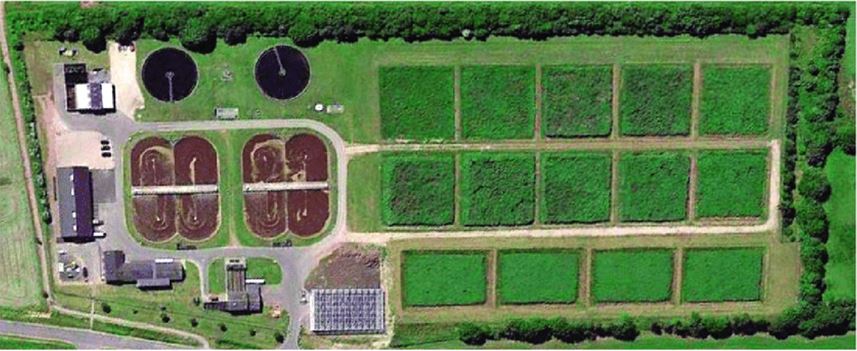In Slovenia, almost all excess sludge, produced in WWTPs is mechanically dewatered through centrifuges or belt presses. After dewatering sludge is transported to incarnation plants abroad. Such practice of sludge handling is very costly and unsustainable.
The implementation of Constructed wetlands (CW) for sludge treatment, also known as sludge treatment reed beds (STRBs), could be a suitable alternative to mechanical sludge treatment technologies, as they have low energy consumption, reduced operating and maintenance costs and low environmental impact. They allow long term sludge storage and treatment. The final product is humus like material that can be potentially reused in agriculture as soil conditioner.

STRBDs in Denmark (Steen Nielsen)
STRBs consist of several waterproof basins (concrete, linen), that are filled with different fractions of sand and gravel, which serve as filter layer. In it macrophyte plants, usually Common reed (Phragmites australis) are planted. Operation of STRBs is two phase process, where phases of sludge loading to STRBs area and resting period are alternating. Due to thin layer of freshly loaded sludge, plant density, good dewatering aerobic biological processes of sludge mineralization is possible. If STRBs are correctly designed and operated, the final product can reach up to 40% dry matter content (DM) and can be comparatively better than products from mechanical treatment
Read more about the project